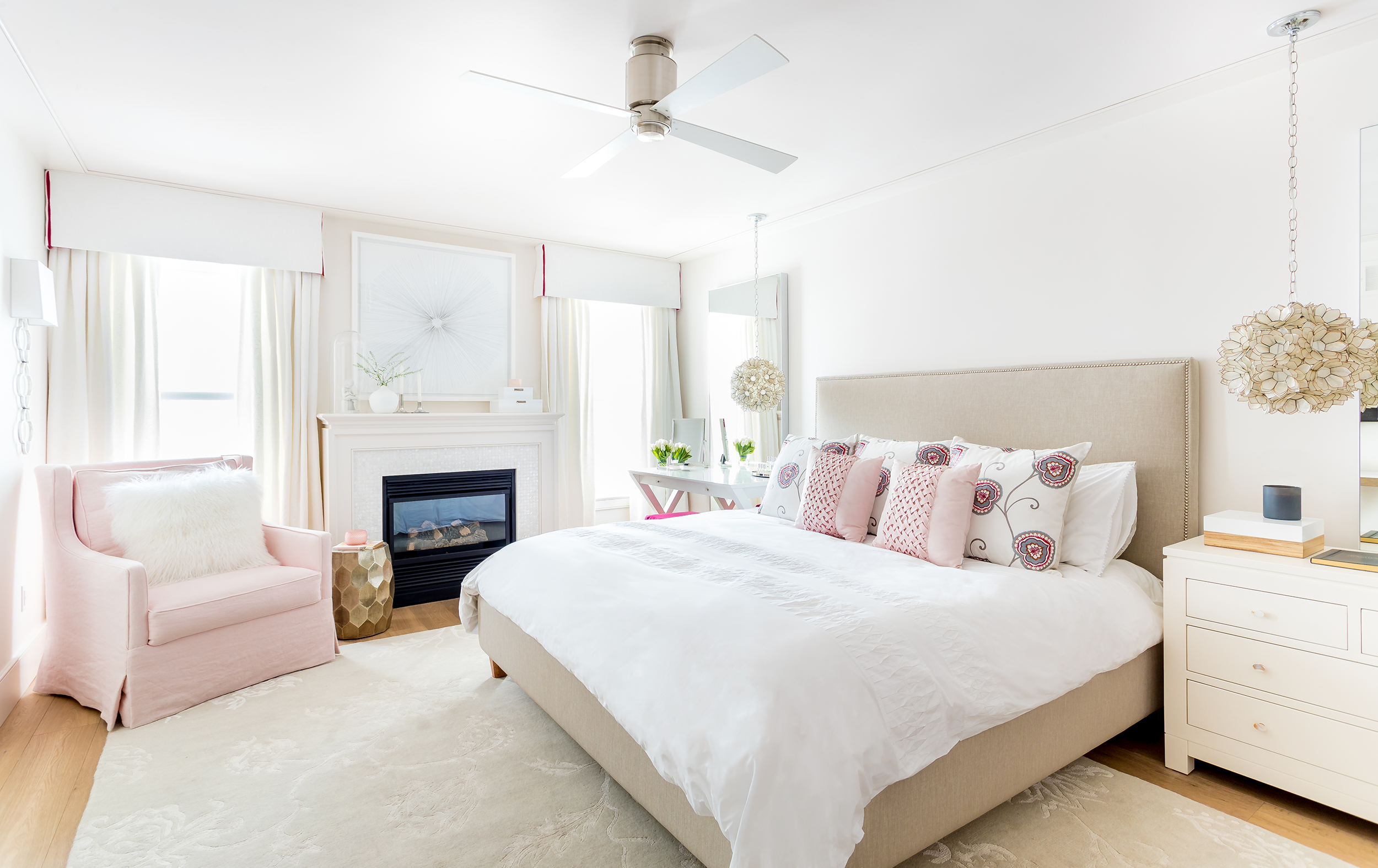How do you know if your home turned out according to the design?
So, you decided to build a house. Your dream house that was supposed to express everything about you and your family, your aspirations, tastes, your style and the way you love to live in your space.
You were wise enough to know that you needed to research the person that was going to take on this important task for you, so you appointed your chosen architect/designer and off you went. You received a design concept that you loved, and really appreciated that your architect/designer seemed to have a vision to elevate your new home out of the ordinary, above cookie-cutter, and, even as a lay-person, you recognized the potential of something really special here.
The next step was full steam ahead on the working drawings, and everyone heaved a sigh of relief when the permits were finally issued. You thought that was it, and it was now over to the builder.
Perhaps you thought that was the end of the road as far as your drawing documentation was concerned, that this was all you needed to go ahead and build a house. Or, perhaps your construction budget did not allow for the “luxury” of keeping your architect on board for the rest of the build, especially when your builder said they weren’t necessary.
So, if I’ve just described your situation, how do you know if your end product is turning out the way your architect/designer (whom you paid for your design) intended it to?
Here’s the thing. … you don’t know!
Let me explain…
First of all what most people don’t realise is that a set of building permit drawings is meant for just that …. a building permit. It’s only purpose is to get you a permit. it’s goal is to satisfy the building examiners that your project meets the local bylaws, and the building code. No-one in the building department is checking to see whether every beam and column has been accounted for, and whether every little nook and cranny of the building has been 100% resolved. It’s the lowest accepted standard of technical drawing. In other words, there is still a lot of construction information missing in a building permit set.
Building permit drawings are not meant to build from on their own. The requirement standard for permit is just the first marker in the development of a full set of construction drawings. You need a ton more information to round out the drawing documentation to clearly describe and detail all the nuances of your building, and what the design requires to put it all together to get the intended look and feel that was designed in the first place. It’s a massively important communication tool, and if you’re missing half the drawings, how can the builder possibly know what was meant to be. He (or she) will have to make huge assumptions as to what the design is calling for, and I can guarantee you, the trades will show up with the words “we’ve always done it this way” which is the path of least resistance for them, and will certainly be expressing your building in a way which is convenient for them, and not the way it was intended to be. Let me remind you, you paid your designer at the beginning for those amazing concepts, which are now potentially getting diluted and re-interpreted.
Furthermore, having a full set of construction drawings will provide the builder with a complete set that he can not only build from, but actually quote from too. Every builder will tell you that the more information they have, the more accurate their quote to you can be. And this means fewer surprises for you too.
And what about the idea of maintaining the engagement of the architect/designer during construction? Did your builder tell you they would just cost money, and be a nuisance?
Well, what if you realized they were there to act as an agent for you, a set of trained eyes working on your behalf, looking after your interests, to ensure that the design intent is being followed through as the project is progressing, and acting as a really useful resource for your builder and trades to call on when something needs to be provided to assist them in their job. Most builders and trades do not actually want to be the designer - they don’t relish that role, and they would prefer to stick to what they know best. Who’s going to make design decisions if your builder and trades won’t or can’t? You? Maybe. But did any of you design the building in the first place? Do you know why that thing is drawn a certain way? If someone on site asked if you could change something, would you know what the impact of making that change could be down the line? If you had your architect/designer there at your side, you wouldn’t have to worry about whether you were creating a future problem - the person who understood the reasoning behind every feature would be able to help everyone stay the course, and make sure that every decision that is made is aligned with the vision.
And that is how you know that you arrived at the right destination, with your end product being every bit the best it can be, standing true and authentic, and not dumbed down in a vacuum created by intentionally or inadvertently absent design leadership. The value of having your architect/designer on board throughout the build, will far exceed the costs to keep them involved.

